Definition
A trade mark is a sign used to distinguish the goods and services of one company from those of others in the market. A trade mark will grant you the exclusive right to use that particular sign in relation to certain categories of goods and services. Trade marks can consist of words, names, phrases, symbols, designs, images, distinctive features or a combination of these elements that can be represented graphically.
It has to be noted that the list of signs or elements that can be considered as trade marks in Europe (for example 3D shapes, colours, scents, holographic images) may vary from country to country. A trade mark can make a substantial difference with regard to a company’s market success. A good trade mark is a distinctive and yet memorable one.
Resources about trade marks
European IP Helpdesk
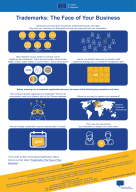
Trademarks are among the best-known IP rights. They help your costumers to distinguish you and your products from your competitors.
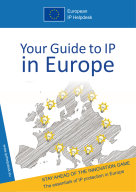
Intellectual property (IP) management is a key element in improving the competitiveness of any company.
China IP Helpdesk
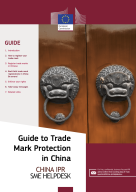
A strong trade mark can be instrumental in winning new customers when establishing a brand in China. Because you invest time and money into building the reputation of your company, it would be very damaging to your business if someone else began using your name to sell their own products or services
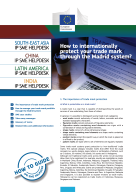
Explore our guide 'How to internationally protect your trademark through the Madrid system?'. This guide provides an overview of the steps to take to protect your trademark across South-East Asia, China, India and Latin America in a cost effective way using the Madrid system.
India IP Helpdesk
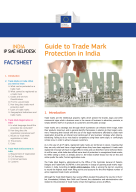
This Factsheet will walk you through the Indian trade mark system - what signs can be protected, how to register and enforce them, which are the costs associated, etc...
Latin America IP Helpdesk
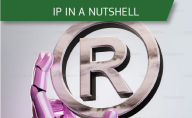
Trade marks in Latin America in a nutshell: An administrative shortlist per country
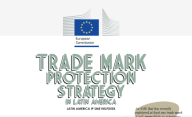
Trade mark protection strategy in Latin America
South East Asia IP Helpdesk
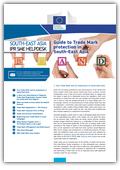
Explore our comprehensive 'Guide to trademark protection in South-East Asia': covering trademark basics, registration processes, and enforcement mechanisms across South-East Asia. It's the key to safeguarding your assets effectively in the region.
Trade marks can be protected through registration. Trade mark registration protects your brand value, defends against rival marks, defines your rights and prevents counterfeiting and fraud.
In many countries, so-called well-known trade marks are also protected without being registered. Such obligation results from the provisions of the Paris Convention for the Protection of Industrial Property and the TRIPS Agreement.
Furthermore, in common law countries (such as the UK and Cyprus), unregistered trade marks can also be protected under so-called passing off law. Passing off is a common law tort and protects the goodwill of a trader from a misrepresentation. In other words, it prevents one trader from misrepresenting goods or services as being the goods and services of someone else.
Yes. Trade marks are territorial so you need to register them in every country you want to do business in.
An international trade mark does not exist. There is, however, a trade mark registered in multiple countries.
The Madrid system is an international treaty that allows you to register trade marks in multiple countries at the same time.
Yes. You should, however, take into consideration that China uses a different classification of subclasses than EU countries. Despite the fact that both country and region use the Nice Classification, China uses a different classification method of subclasses.
When companies use the Madrid System for registering their trade marks in China, they should double check in advance if the subclasses they are applying to provide full protection for their products.
Unlike other intellectual property rights (patents, designs, copyrights), you can hold the right to your trade mark indefinitely. However, in order for your trade mark to be protected, it has to be renewed on a regular basis. The period of trade mark protection may vary, but is usually ten years and it can be renewed indefinitely upon payment of additional fees.
You should notice that, for most countries, it is the trade mark owner’s responsibility to observe the time limit for renewal. However, national IP offices will usually inform you or your representative a few months before the expiry date that your trade mark is due for renewal. The same applies for European Union Trade Marks (EUTMs) issued by the European Union Intellectual Property Office (EUIPO).
The EUIPO will generally inform you, or your representative, six months before the expiry date that your EUTM is due for renewal. Moreover, any other person holding a right to your EUTM, e.g. a licensee, will also be informed by the EUIPO.
In order to enable you to be owner of the trade mark in the countries of your interest in South-East Asia, you need to register it in those countries. A European-registered trade mark is not protected in third countries if it is not registered there as well. Remember that the majority of countries in South-East Asia operate a first-to-file system, meaning that the person or company first submitting a valid application will own the mark. A trade mark does not generally have to be in use before it can be applied for or registered, although all applications for registration should be on the basis that there is existing use or a clear intention to use the mark in the course of trade. The 11 Intellectual Property Rights in South-East Asia: FAQ to the Helpdesk - May 2016 trade mark registry office may require proof of use whilst examining the trade mark application.
As the registration of a trade mark in original Roman characters does not automatically protect the trade mark against the use or registration of the same or similar trade mark written in local scripts used in particular countries of South-East Asia, such as Vietnamese, Tamil, Thai, Lao, Burmese or Khmer, it is highly advisable to also register a version of your trade mark in the script used in the South-East Asia country of interest. Furthermore, if there is no existing character name for your brand in a local script, it is very likely that one will be adopted by local consumers either by way of translation or by transliteration, and not necessarily with the connotations or image that you would wish to convey.
Yes, but only if it is distinctive and if the legislation of the country of interest allows 3D trade marks registration.
Compounds and molecules are considered generic names so they cannot be used as Trade Marks.
There are two options:
- Online via the INPI webpage: Scanned documents supporting the data stated in the application form must also be attached (if required), before finishing the processing. After that, an electronic payment slip, to be paid via any payment method suggested on the website, will appear. Homebanking is also accepted. Within 24 hours following the payment, you can access the website and see the reference number assigned to your application.
- In person at INPI’s offices: A search to see if the trade mark is available can be performed in the Trade Mark Reports Desk (Mesa de Informes de Marcas) located on the bottom floor of INPI’s building. Afterwards, you should pay the registration application fee in the Cash Office (Tesorería) located on the ground floor and then submit the application form duly filled in by the applicant at the General Reception Desk (Mesa General de Entradas).
The application form can be submitted in person by any person that complies with the abovementioned requirements (Federal capital domicile), including certified IP agents or representatives. The representatives must submit a copy of the Power of Attorney signed by them declaring on oath that he/she is faithful to the original and that it empowers him/her to act as such.
- By mail: Applications must be sent by Argentinean postal service using a postal order with the name INPI 5100/622 RECAUDADORA FF 12 with the corresponding fees, the corresponding mail certificate and forms. They should all be sent in the same envelope to: I.N.P.I. - (Sección Mesa de Entradas) Av. Paseo Colón 717 – 1er Piso. CP 1063 – Capital Federal.
After submission, we recommend to check the Trademark Bulletin (Boletín de Marcas) within 10 or 15 days to see if INPI has made observations on the registration application so that you have time to rectify it and be able to proceed with the application.
Trade mark protection lasts 10 years from the granting date and can be indefinitely renewed each ten years.
Latest news
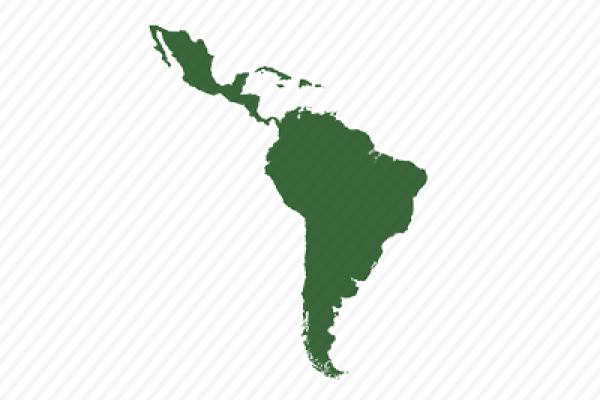
Since January, trade mark applications have had to specify all claimed colors and file in black and white if no color is claimed

In this blog post, we look at the copyright dispute that ruined the studio behind the original 1922 Nosferatu movie. A timeless tale and a reminder to all creators that they must make sure they are not infringing on anyone's copyright when creating their own content, no matter how good it is!

In this post, we look at two trade mark cases of the General Court involving Mercedes-Benz and Schweppes.

DINAPI enables search for registered sound marks
Today, the European Patent Office (EPO) released the Patent Index 2024, which shows that innovation remains strong, with patent applications last year keeping up the high level observed in 2023.
